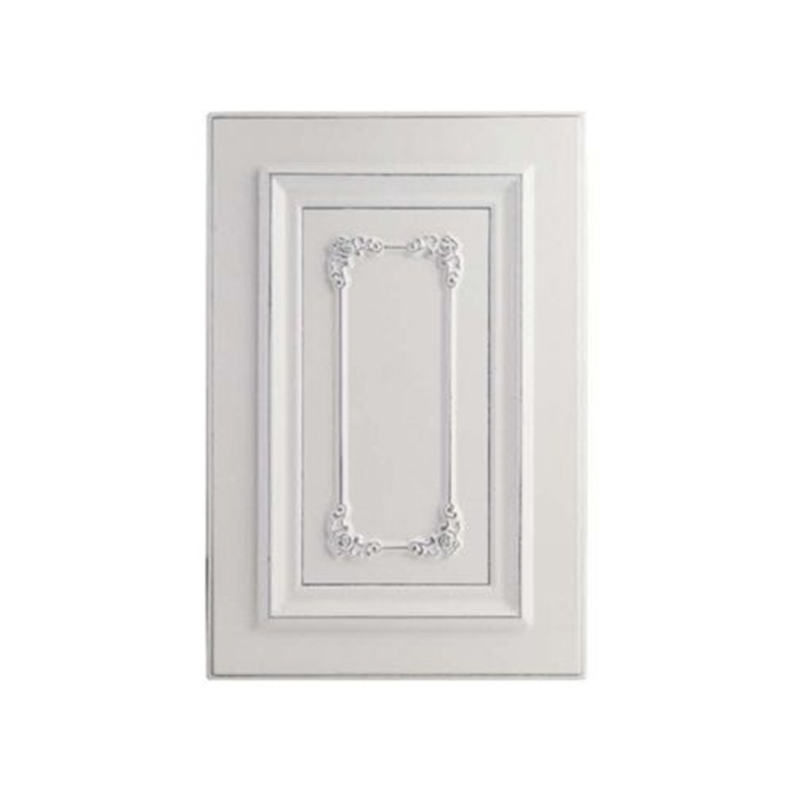We provide quality products and services to customers from all over the world.
Comparing Composited and Painting Doors: Design Flexibility & Strength
In the fast-evolving construction and interior design market, consumers and developers alike are seeking products that combine durability with aesthetic appeal. Among the many choices available for interior and exterior entryways, two door types are emerging as reliable options—Composited Door and Painting Door. Each offers its own set of benefits, catering to different project requirements, budgets, and design visions.

What Is a Composited Door?
A Composited Door typically consists of a core made from engineered wood or high-density board, layered with materials like MDF, HDF, or particleboard. This type of door is built for structural stability and dimensional consistency. Unlike solid wood doors, which may warp or crack with changes in temperature and humidity, a Composited Door maintains form and function with minimal maintenance.
The primary strength of a Composited Door lies in its layered structure. Manufacturers can tailor density, thickness, and inner material to meet specific strength requirements, making it an ideal solution for both residential and commercial buildings. Additionally, many Composited Doors are designed to be fire-resistant and sound-insulating, features that increase their appeal in modern construction.
Where Function Meets Aesthetic Freedom
On the other side of the spectrum, a Painting Door is designed with surface aesthetics in mind. Generally made with a smooth MDF or HDF surface, it is finished with a high-quality paint coating that enhances both appearance and moisture resistance. The Painting Door is favored by architects and interior decorators because of its unlimited color and finish options—matte, gloss, satin, and even textured finishes.
A major advantage of the Painting Door is its role in interior theming. Whether the customer desires a bold color statement or a seamless blend with the wall color, a Painting Door can be customized accordingly. This makes it an outstanding choice for apartments, hotels, schools, and office spaces where visual consistency and brand identity are crucial.
Where Design Meets Strength
While both door types have their merits, the true decision point often comes down to the balance between design flexibility and physical strength. A Composited Door offers outstanding structural stability and is often the preferred choice for high-traffic areas. Its resistance to impact and warping makes it ideal for environments where durability is a top concern.
In contrast, the Painting Door shines in creative environments. It allows designers to match or contrast walls, furniture, or branding elements, providing a cohesive visual flow in any space. However, it may not offer the same level of impact resistance as a Composited Door, particularly in heavy-use commercial zones.
Cost and Maintenance Considerations
From a budget perspective, both door types are considered affordable alternatives to solid wood options. A Composited Door is generally priced slightly higher due to its engineered core and multilayer structure, but it provides long-term value through reduced maintenance and higher durability. A Painting Door, while potentially lower in cost, might require repainting or touch-ups over time, especially in high-usage areas.
Cleaning and maintenance are straightforward for both. The Composited Door often features laminated or veneered surfaces that can be easily wiped down, while the Painting Door can be cleaned with a damp cloth. The key difference lies in surface durability—painted finishes may scratch more easily than laminated ones.
Ideal Use Cases
Choosing between a Composited Door and a Painting Door largely depends on the project's specific needs. For homes with children or pets, or commercial buildings that see frequent use, a Composited Door provides peace of mind through strength and resilience. Meanwhile, in settings where aesthetic harmony and personalization take precedence—such as boutique hotels, creative offices, or high-end residences—a Painting Door offers unmatched visual customization.
Interested in cooperation or have questions?
![]() +86-13857003056
+86-13857003056
![]() No. 27 Lianhuashan Avenue, Jiangshan Economic Development, Jiangshan, Quzhou, Zhejiang, China
No. 27 Lianhuashan Avenue, Jiangshan Economic Development, Jiangshan, Quzhou, Zhejiang, China

 English
English русский
русский Français
Français Español
Español عربى
عربى
